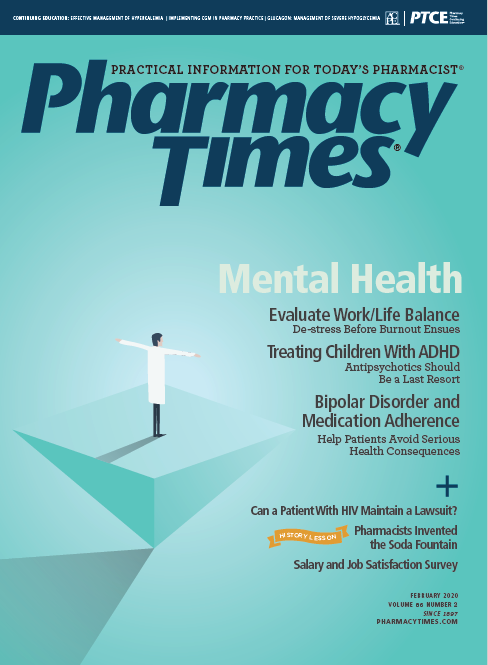Publication
Article
Pharmacy Times
Clinical Evidence Exists for Allopregnanolone-based Treatments
Author(s):
With the recent approval of a Zulresso, an allopregnanolone-based treatment for postpartum depression (PPD), many pharmacists and physicians have been researching the mechanisms and other information about the drug.
With the recent approval of a Zulresso, an allopregnanolone-based treatment for postpartum depression (PPD), many pharmacists and physicians have been researching the mechanisms and other information about the drug.
The results of a review published in Neurobiology of Stress examined clinical and preclinical evidence for the drug.1
The researchers noted that allopregnanolone-based drugs are useful in postpartum mood disorders, because of the steep decline in allopregnanolone levels following delivery.1 Allopregnanolone is a neuroactive derivative of progesterone and a positive allosteric modulator at GABAARs, which are heteropentameric receptors formed from a combination of 19 known subunits. The authors also said that its antidepressant and anxiolytic effects have also been well established in clinical trials.1
The antidepressant effects of allopregnanolone have been convincingly demonstrated in clinical trials, which used an allopregnanolone analog in postpartum women, according to the review
Although it is unlikely that treatment with the FDA-approved allopregnanolone-based drug is correcting the underlying biology in this population, the findings suggested that allopregnanolone exerts significant antidepressant effects independent of the underlying etiology of disease.1 This could be a significant finding, considering that studies have been consistently inconsistent in associating either steroid hormone or neurosteroid levels with PPD.1
The most direct clinical evidence supporting the use of allopregnanolone in women with PPD came from the results of a 2017 open-label, proof-of-concept study using a synthetic analog of allopregnanolone and brexanolone.
The mean rating on the Hamilton Depression Rating Scale decreased at the first infusion initiation and remained low through the end of infusion and the last time point assessed, according to this study’s results.2
REFERENCES
- Walton N, Maguire J. Allopregnanolone-based treatments for postpartum depression: Why/how do they work? Neurobiol Stress. 2019;11:100198. doi: 10.1016/j.ynstr.2019.100198.
- Kanes SJ, Colquhoun H, Doherty J, Raines S, et al. Open-label, proof-of-concept study of brexanolone in the treatment of severe postpartum depression. Hum Psychopharmacol. 2017;32(2). doi: 10.1002/hup.2576.







